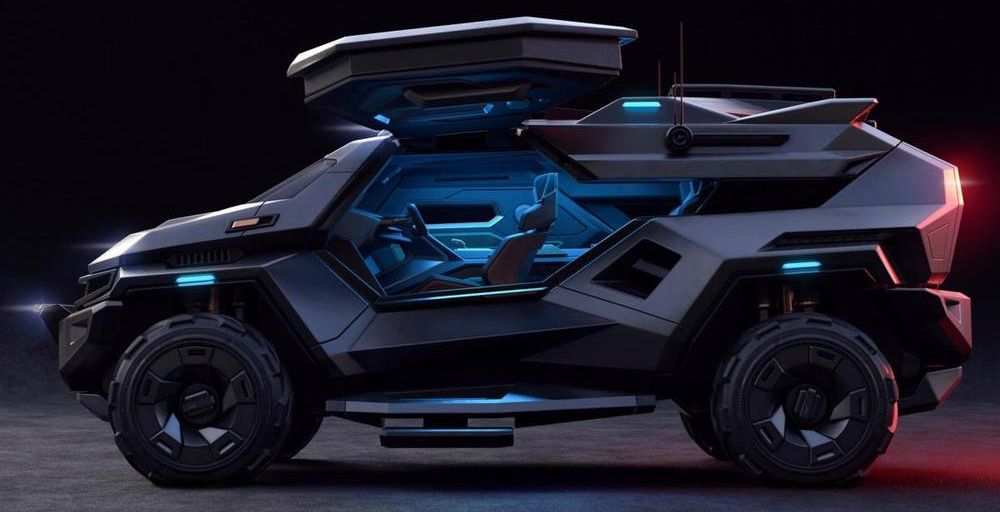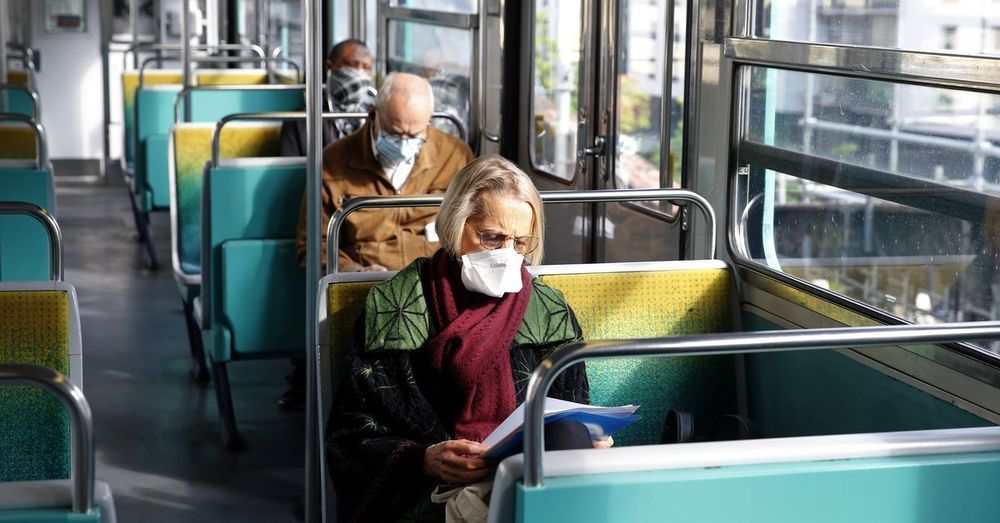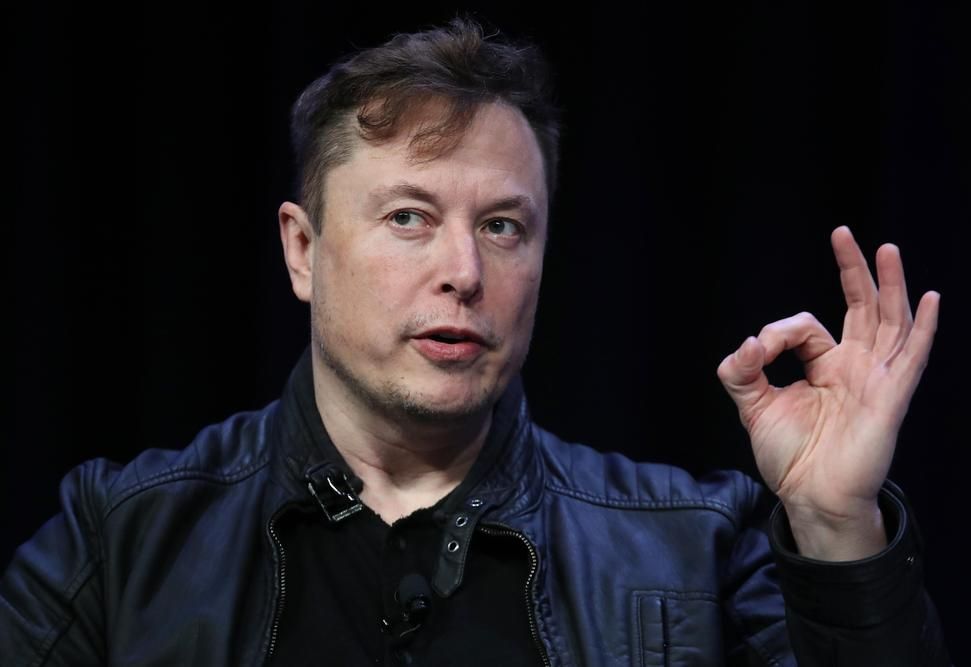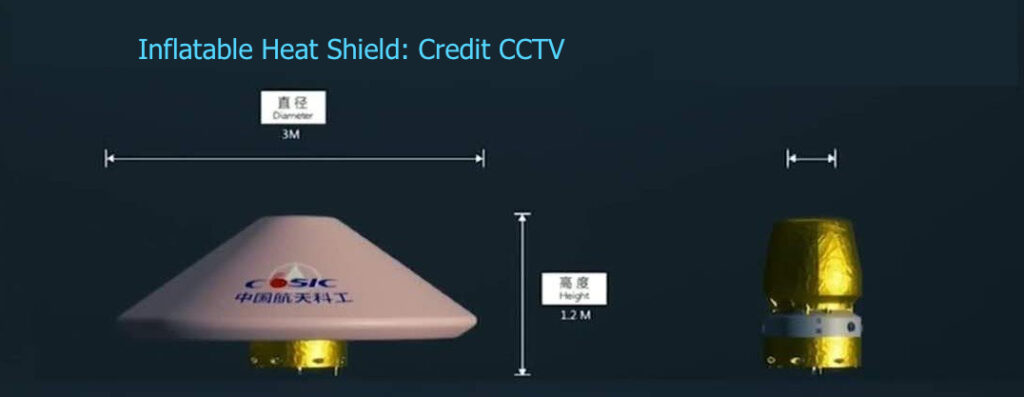In what will surely divide the e-cycling world, Delfast has updated its latest high-speed electric bicycle. The Top 2.0 is a high power, 50 mph (80 km/h) e-bike that pushes the limits of electric bicycles.
Category: transportation – Page 419
Waterbike Hydrofoil Bicycle
Circa 2011 face_with_colon_three
Racing a hydrofoil bicycle through a slalom course!
more Informaton and pictures of this bike at http://www.human-powered-hydrofoils.com/hydrofoils/waterbike/
watch the Trampofoil do the same course even faster: http://youtu.be/jDQDQ_zIxl0
or watch an even faster Waterbike: http://youtu.be/RaYhyeGxYoA
Please subscribe for more videos like that!
http://freaksport.com/waterbike-hydrofoil-bicycle/
Music: Bicycle Kevin MacLeod (incompetech.com)

The Armortruck SUV Is An Apocalypse-Ready Supertruck
Specialty subdivisions of BMW and Range Rover offer bulletproof variants of the luxury automakers’ current models, and other aftermarket companies like Brabus and AddArmor go a step further by making donor vehicles damn-near bombproof. But none of those examples look anywhere near as sturdy as the Armortruck SUV.


Gov. Cuomo: ‘Shocking’ 66% of new COVID-19 hospitalizations in NY are people who had been staying home
He continued, “This is a surprise: Overwhelmingly, the people were at home. We thought maybe they were taking public transportation, and we’ve taken special precautions on public transportation, but actually no, because these people were literally at home.”
“They’re not working. They’re not traveling,” Cuomo added, according to NBC News. “We were thinking that maybe we were going to find a higher percent of essential employees who were getting sick because they were going to work — that these may be nurses, doctors, transit workers. That’s not the case. They were predominantly at home.”

New game-changing Inflatable Space Tech NASA to test in 2022… China just tested it.
New spacecraft experience setbacks all the time. SpaceX Starship prototype violently disassembled several times. Boeing launched the CST-100 but ended up in the wrong orbit. China isn’t a stranger to setbacks either.
China tested a prototype spacecraft on May 5th, 2020 in efforts to prove the technology was ready. It’s good it was a test and not an actual mission since the spacecraft did not perform as expected. The news agency Xinhua reported the spacecraft launched from Hainan China, operated abnormally during its return.
Heat Shields Need to work or expect a terrible day.
Spacecraft experience tremendous heat during the last minutes of their mission. The heat shield protects the spacecraft from that heat. NASA looked at lots of materials and tested many before using for heat shields.

Plasma jet thrusters make push for propulsion
Researchers in China have demonstrated a prototype device that uses microwave air plasmas for jet propulsion, an advance that could one day replace fossil fuel combustion engines.
The team from the Institute of Technological Sciences at Wuhan University describe the engine in AIP Advances.
Waiting in the wings: How plasma could help revolutionise aircraft design.
Delfast TopCop 50 MPH electric bike gets thumbs up from police testing
When we first covered the high-power Delfast TopCop electric bicycle, the company was still pitching its bikes to various police departments around the world. Now we’re hearing some of the first feedback from actual cops who have incorporated the e-bikes into their daily service.
Tesla improves on its ‘million-mile battery’ with less cobalt and higher energy density
Tesla has made even more battery improvements on its new ‘million-mile battery’ now with less cobalt, which could result in lower cost and even more energy density.
Last year, we were the first to report on Tesla’s battery research partner, Jeff Dahn and his team at Dalhousie University, unveiling the impressive results of tests on a new battery cell that could last over 1 million miles in an electric vehicle.
The new battery tested is a Li-ion battery cell with a next-generation “single crystal” NMC 532 cathode and a new advanced electrolyte, which they patented.